Every day, healthy food
Why you should eat more berries (because science tells us to)
Published on October 31, 2025
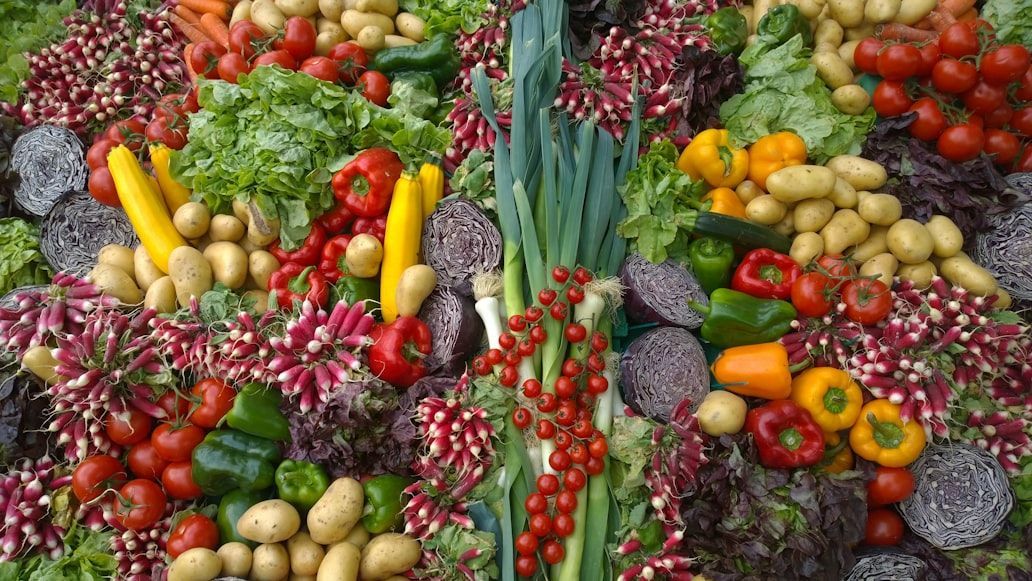 Credit: Chantal Garnier
Credit: Chantal Garnier
All food is good in moderation, but we know some to be better than others. Green leaves, healthy fats, and nuts are all regarded as healthy—yet, are they really beneficial? What do they actually do? Let’s have a look at what science tells us.
Berries
 Credit: Timo Volz
Credit: Timo Volz
According to science, berries are among the most beneficial fruits. They are a source of multiple vitamins and minerals, such as Vitamin C, K, B9, manganese, magnesium, and copper. They are a good antioxidant source —meaning they help prevent cell damage— and they are proven to lower the risk of type 2 diabetes, heart attacks, and memory loss. Also, for the benefit of all wallets involved, they have the same properties after being frozen.
Ginger
 Credit: Dominik Martin
Credit: Dominik Martin
Ginger is a common ingredient in wellness shots and teas, but what does it do? Besides being rich in antioxidants, ginger is highly beneficial for gut health. Gingerol —one of the main compounds of ginger— helps with digestion, relieves nausea symptoms, prevents food from fermenting and causing bloating, and has anti-inflammatory properties.
Cantaloupe
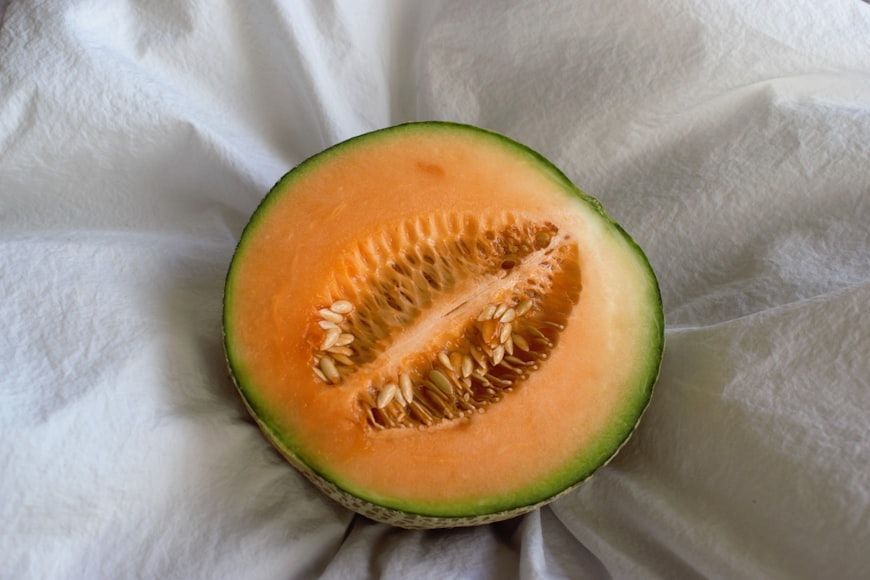 Credit: Martin Moore
Credit: Martin Moore
Like other fruits with a high water content —such as watermelon or strawberries— eating cantaloupe is an easy and tasty way to stay hydrated during the warmer months. But its benefits don’t stop at that: cantaloupe is also one of the fruits highest in beta-carotene, a pigment that our organism will then convert into Vitamin A, crucial for eye health and our immune system.
Paprika
 Credit: Volodymyr Hryshchenko
Credit: Volodymyr Hryshchenko
Who said spices were only there for flavor? Besides enhancing the taste and appearance of dishes, they can promote health benefits. Paprika has been proven to be rich in antioxidants and beta-carotene, and, like most peppers, it has capsaicin, which helps reduce pain and inflammation.
Lima Beans
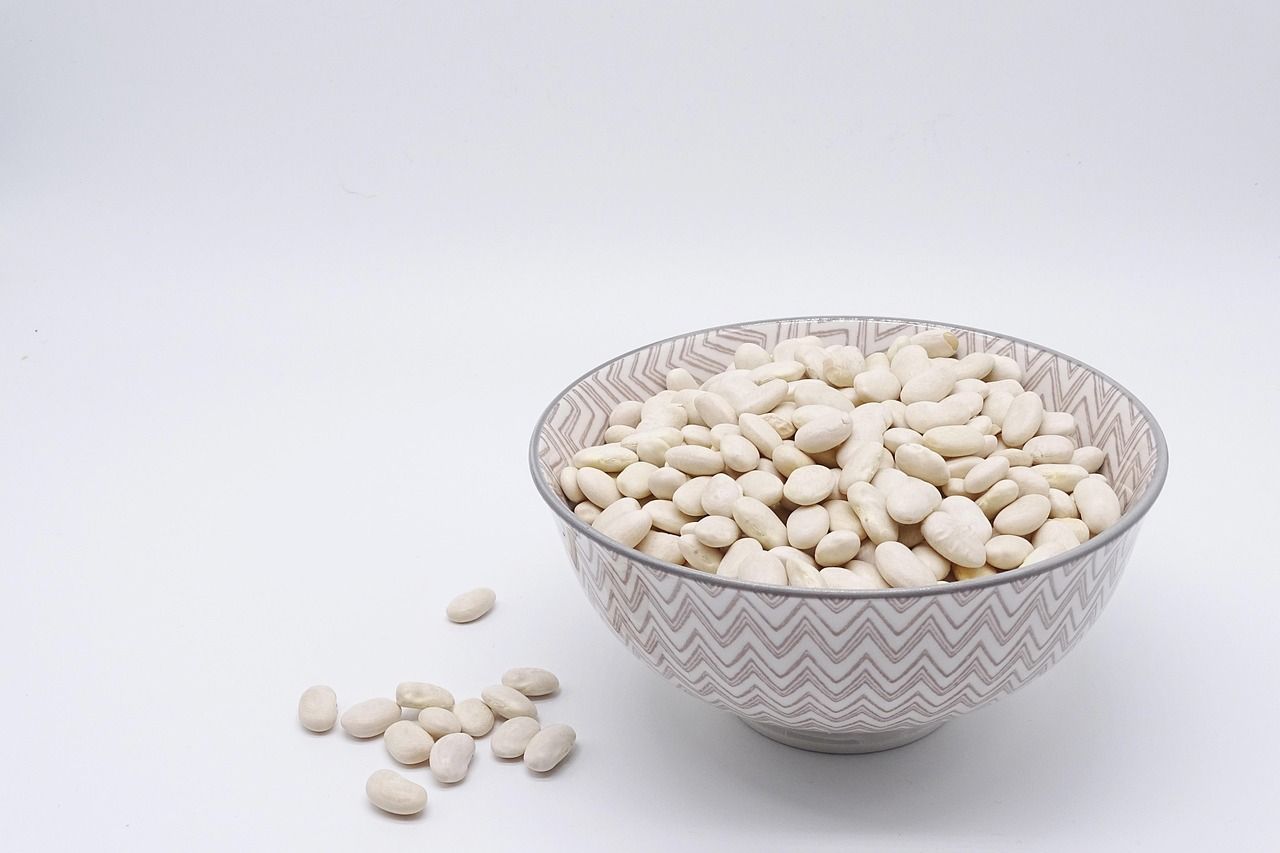 Credit: zimt2003
Credit: zimt2003
Adding legumes to your diet is a delicious and easy way to introduce fiber, protein, and low-calorie carbohydrates, which are beneficial for your gut health, your cholesterol, and your insulin levels. Moreover, lima beans are high in nutrients such as potassium, iron, magnesium, and manganese.
Walnuts
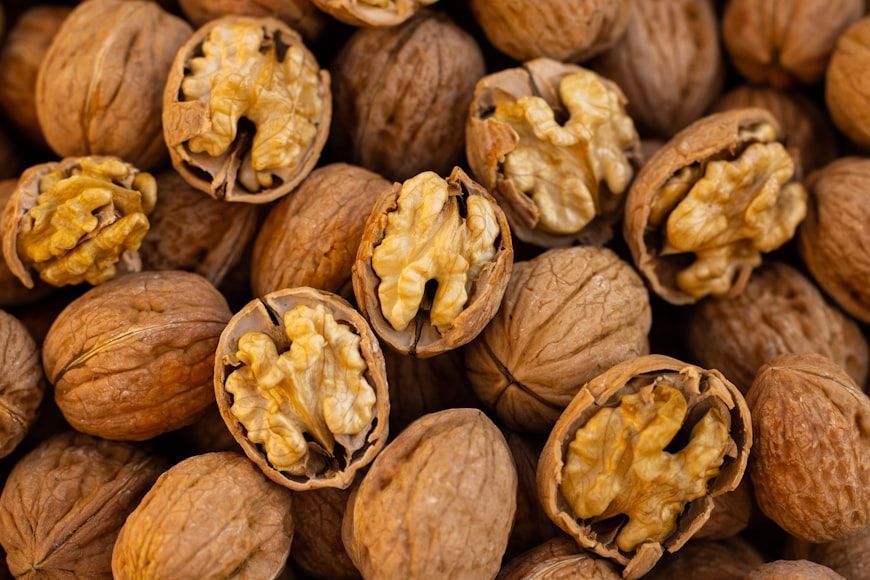 Credit: engin akyurt
Credit: engin akyurt
Nuts in general are regarded as a healthy snack, and rightfully so, but why? They are a source of healthy fats, protein, and vitamins, and because they are very filling, they are a good pick-me-up. When it comes to walnuts, studies have shown that they help reduce cholesterol, control blood sugar, and promote brain health.
Spinach
 Credit: Phillip Larking
Credit: Phillip Larking
Like other leafy greens, spinach is high in fiber while being low in calories. But spinach is much more than that. It’s packed full of nutrients —Vitamin A, C, K1, B6, B9, E, iron, calcium, folic acid, and potassium, to name a few— and has several plant compounds that are beneficial for your heart, blood pressure, and immune system.
Garlic
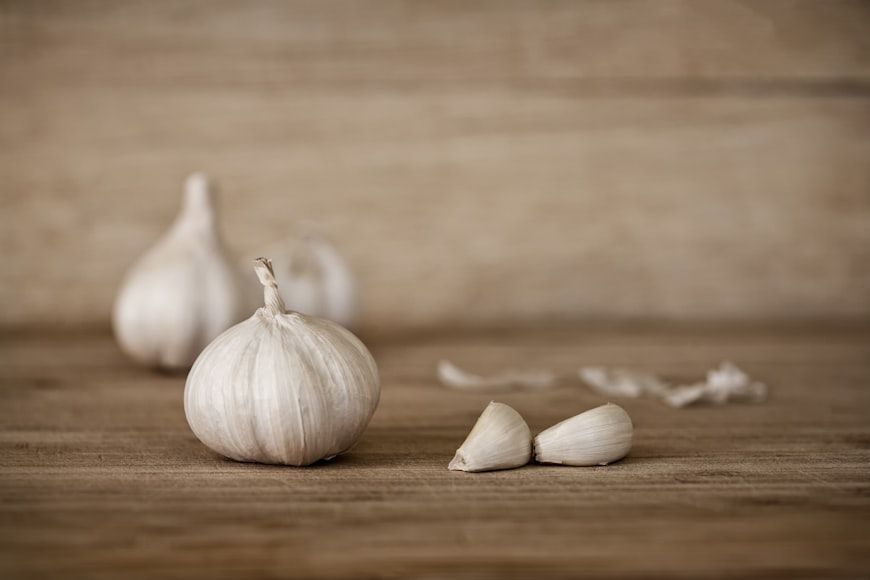 Credit: Natalie Kinnear
Credit: Natalie Kinnear
Any grandma will tell you that garlic is good for your health, and they would be right. Besides being known for its antibacterial properties, garlic also helps reduce the ‘bad’ cholesterol while increasing the ‘good’, which helps your overall blood health. It also helps regulate blood sugar levels, boosts your immune system, and promotes gut health.
Chia Seeds
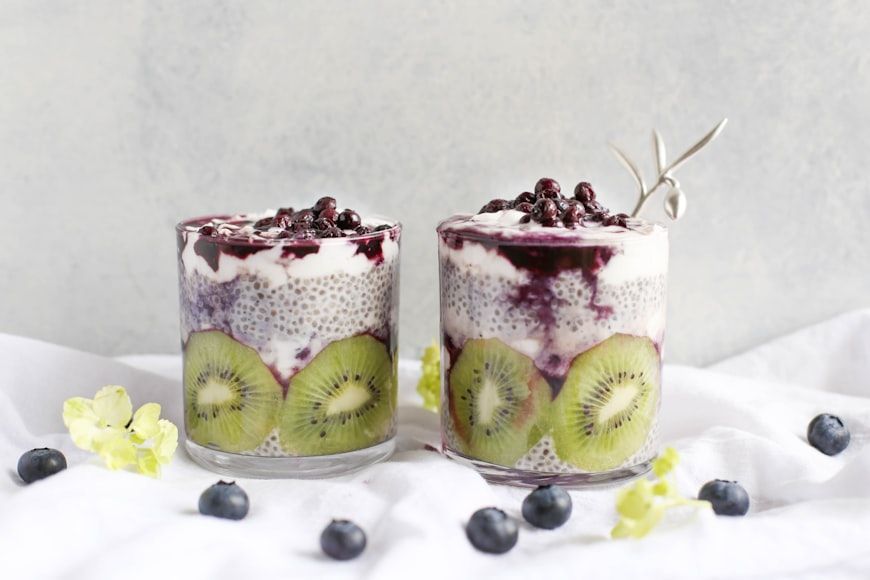 Credit: Brenda Godinez
Credit: Brenda Godinez
Are chia seeds good for something else than pudding? They sure are! They are a great source of fiber, which contributes to gut health, digestion, and blood sugar levels, while also being high in antioxidants and omega-3, a healthy fat that our body can’t produce by itself.
Tuna
 Credit: ubert
Credit: ubert
Fish in general is regarded as a healthy source of protein and healthy fats, but some people find it difficult to cook or might dislike the smell or texture of fresh fish. This is why tuna is such a great option: it’s readily available in cans, it's already cooked, and can be used in several ways, while still being as nutritious as fresh fish.












